Make Dior Your Paris Valentine
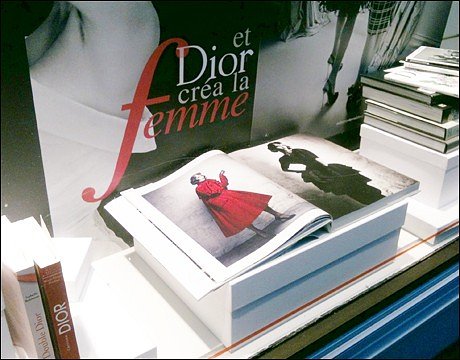
Tue 12 Feb 2013
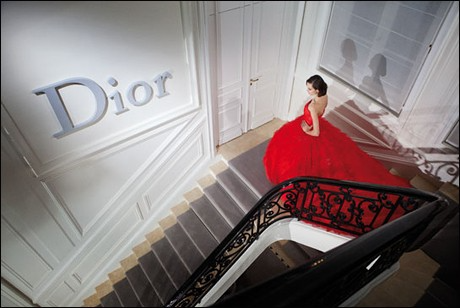
© Gérard Uféras/all rights reserved.
Photographer Gérard Uféras knows about fashion. But what he excels at is bringing the curious eye backstage. A former student of legendary French lensman Willy Ronis, Uféras also likes to spend time with a subject. Favorites include the worlds of opera and ballet, but he has now branched out—into fashion. Uféras’s new book Dior: 30, avenue Montaigne is a huge, magnificent tome. It’s also the perfect Paris valentine to couture. In focusing on that metier’s secrets and skills, he has forged a very special portrait.
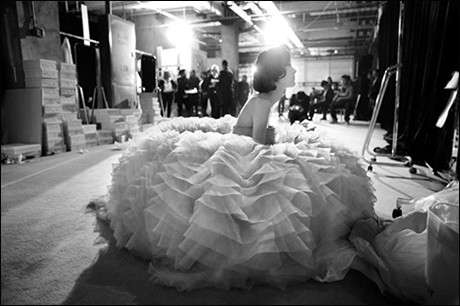
© Gérard Uféras/all rights reserved.
The book is put together with an impressive gravity and its pages have an orchestrated rhythm. While a spring collection goes from start to finish, the tension seems to mount: page by page, photo by photo. Beginning as sketches on paper, we watch ideas evolve into ghostly creations in toile. Then, in the parallel tailleur and flou studios, Uféras shows us how the garments take on final shapes. Eventually, all are fitted on actual models. The finale is their presentation in public.

© Gérard Uféras/all rights reserved.
From croquis (sketches) to the catwalk, this is a real insider’s view. Uféras has captured some truly wonderful moments, especially among high fashion’s petites mains. The book is punctuated with galleries of special portraits, the workers’ collections of thimbles and their personal sewing kits. These “little hands,” the skilled workers who make the clothing, are more often now called couturières or couturiers. Unlike their famous employers, however, they still remain invisible.
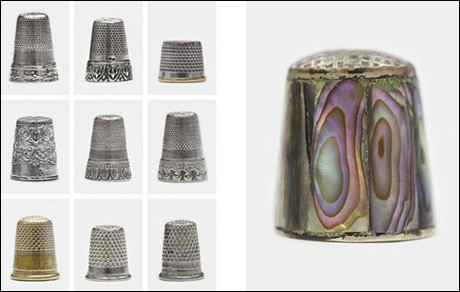
© Gérard Uféras/all rights reserved.
At his book signing in Saint-Germain’s la Hune, Uféras was mobbed by local fashion fanatics. This bookshop (a landmark in the quartier since 1949) was itself recently displaced by luxury’s Louis Vuitton. Forced to move from its initial premises next to Café Flore, la Hune now occupies the former site of another bookstore. This was the famous le Divan, who themselves were displaced by no less than . . . Dior. Ironically, la Hune has reclaimed Dior’s boutique.
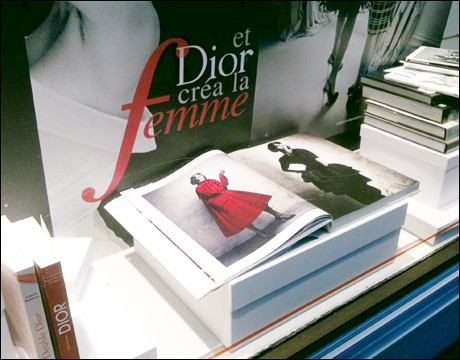
La Hune. Photo: Cynthia Rose.
Luxury may have cannibalized the 6th Arrondissement but at least there are still oases like la Hune. Open Sundays and until midnight, the legendary store looks stunning in its new home. Gérard Uféras, too, is just its kind of guest. He has been making pictures ever since his early teens, inspired by the likes of Cartier-Bresson, Ronis and Kertész. Between 1988 and 2001, Uféras spent his time backstage, photographing opera all the way from Paris to Moscow. He is currently doing the same thing for ballet.
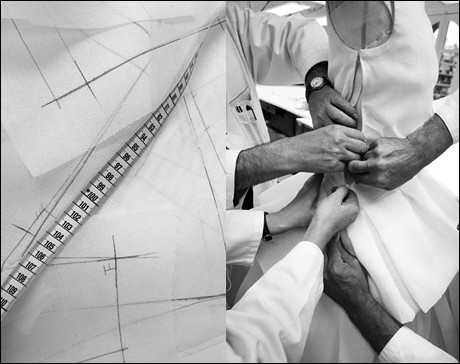
© Gérard Uféras/all rights reserved.
But fashion, he says, involves the same challenges: “You can forget whether it’s day or night . . . because you escape into imagination. You enter a space where it seems anything can happen.”
Uféras also helped found the famous French agency Vu’ and has won awards around the world for his work. Two years back, at the Hôtel de Ville, he held another Paris valentine of a show. This was the charming “Paris d’Amour,” a study of local lovers, romance and marriage. The show racked up a record number of visitors. So what is this artist’s secret? Uféras smiles and shrugs. “I just try to transmit the emotions I feel. For me, it’s always a combination of feeling and form.”
Once again, he has delivered the perfect romance.
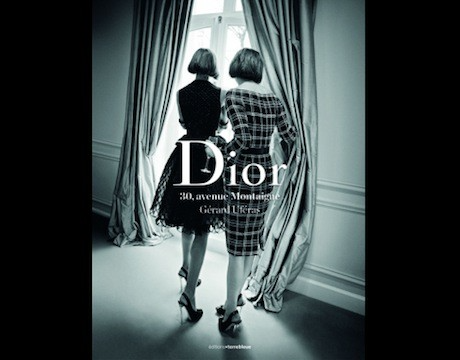
© Gérard Uféras/all rights reserved.
• Dior: 30, avenue Montaigne is published by Terre Bleue at 49 euros. Its short text in French is by Jérôme Hanover, a specialist in the history of luxury brands.
Related Links
Gérard Uféras
Dior
La Hune
Vu’
“Paris d’Amour”
Terre Bleue
Editor’s note: What are your favorite books about Paris, beauty, fashion and travel? Talk to us on our Facebook page.